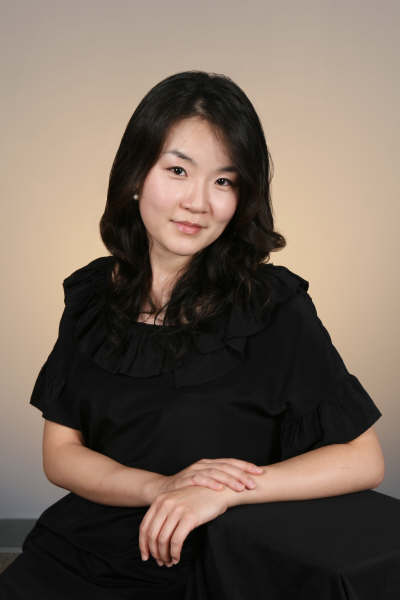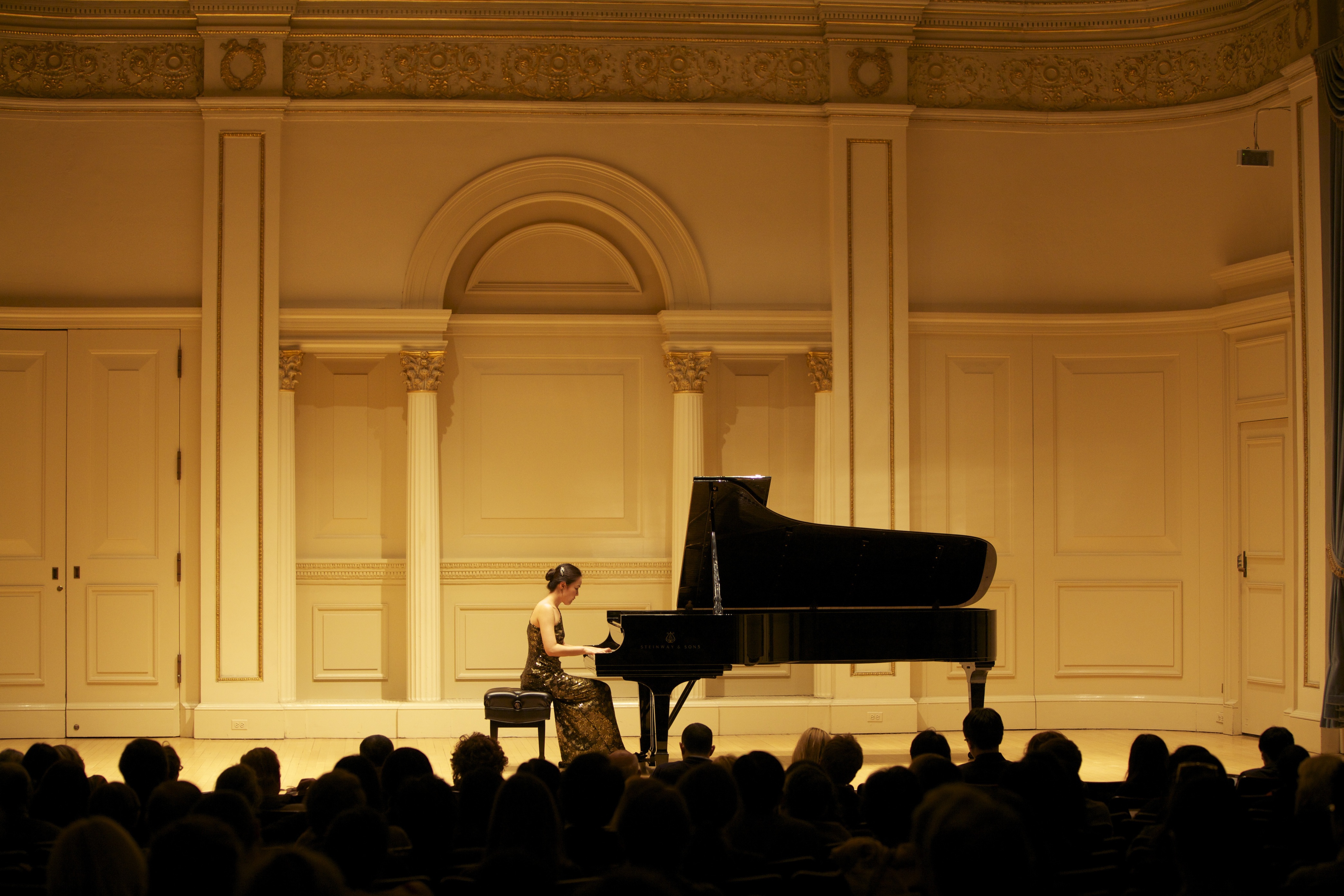Hyojung Huh CD in Review
Hyojung Huh, piano Weill Recital Hall at Carnegie Hall, New York, N.Y. March 13, 2013Korean pianist Hyojung Huh gave a debut in New York this Spring that introduced not only herself as a performer, but also, in the second half, the ten-movement, forty-five-minute Chorale Fantasy of contemporary Korean composer, Shinuh Lee, entitled “Comfort, comfort my people.” While I missed the concert itself, I was assigned to review an unedited CD of it and found much to admire. While CD recordings almost inevitably miss the energy of a live performance itself, they do enable the multiple hearings one usually needs with new works. Ms. Huh holds an impressive array of degrees as a pianist, including B.M. and M.M. from Seoul National University, M.M. from Westminster Choir College, and P.D. (Performer Diploma) from Indiana University-Bloomington, in addition to an imminent D.M.A. from the University of Wisconsin where she is a doctoral candidate; in addition, though, Ms. Huh has earned degrees in aesthetics, sacred music, and choral conducting, all of which seem to make her a natural fit for the New York Premiere of Ms. Lee’s imposing, Biblically-inspired Chorale Fantasy. Drawn by musical and theological interests (having already done Masters studies on Messiaen in relation to Catholic ontology, liturgy and Biblical language), Ms. Huh is currently working on a dissertation offering a metaphysical and theological perspective on the Shinuh Lee composition performed in this recital, a work which does bear some kinship with works of Messiaen himself. So, rarely will one see a confluence of such well-matched forces – the pianist, the composer, and the central inspiration of the work all in perfect synch.
In laic terms, the work is an intensely dramatic one, alternating evocations of fire and brimstone with those of ethereal peace, created brilliantly by Ms. Lee and conveyed sympathetically and passionately by Ms. Huh. The first movement is entitled “A brimful living chalice of despair and horror and astonishment.” The movement lived up to its title. Vivid in its thunderous and dissonant virtuoso writing, it alternated bass chants against smoldering trills and tremolos with nightmarishly unrelenting rhythms that were sometimes reminiscent of Ligeti’s “L’escalier du diable” to this listener. Comparisons are for expedience – not to suggest that the work is derivative – so I’ll also be forgiven for comparing some of Ms. Lee’s stomping martial accompaniments to Prokofiev’s “Montagues and Capulets” in their savagery. The overall effect was harrowing. Sheer terror yielded wonderfully in the second movement to a feeling of post-apocalyptic quiet. Entitled “Lord Have Mercy”, this prayerfully simple A-flat major Chorale (towards the end reappearing in A major) developed over a pulsating pedal point into a Brahmsian meditation that might make a jaded listener flinch at such sweetness, were it not in juxtaposition to the ferocious first movement. Ms. Huh also gave it a pacing which prevented any feeling of glibness. Limitless emotional range, here and in the rest of the work, was matched by an arsenal of several centuries of musical techniques and styles, from early chant, to Bach, through the moderns (even hints of Einojuhani Rautavaara), all integrated organically. The work is quite a journey, and Ms. Huh was up to the task of guiding us through it – performing from memory, no less! Undoubtedly she will bring this work to many venues. Some choices in text will be challenging and controversial to many – and they frankly could prevent widespread acceptance of it – but the music itself could be imagined to depict numerous stirring but more widely applicable Bible verses, should changes be made at some point. Universal acceptance, however, does not appear to be the goal here. Remaining open-minded about new music can be one of the big challenges in reviewing, but the same applies to new interpretations of “old” music, which one also encountered in this recital. Ms. Huh’s first half, consisting of the oft-heard “Jeux D’eau” of Ravel and ubiquitous Symphonic Etudes of Schumann, was unconventionally played. Jeux d’eau (translated sometimes as “Fountains” or “Playings of Water”) was not the sort of sweeping, watery interpretation to which I’m accustomed. My first reaction was that it needed more flow, flexibility, and the qualities that one associates with water; instead, this performance struck one as a bit stolid, on the slow side, and rather careful; on rethinking it, however, Ms. Huh’s was an interpretation that may have simply been focused more on the individual droplets, each in imagined crystalline perfection. Having not heard the concert live, but catching the tonal beauty of individual notes nonetheless, I’m inclined to give the performer the benefit of the doubt! Schumann’s Symphonic Etudes similarly seemed overly cautious. In this case, due to some weak spots where tempi fluctuated and some messiness ensued, one imagines that there is simply a need to live with the piece longer. The additional Posthumous Etudes (Nos. II and V) were much appreciated, as they are often omitted, but suffice it to say that the Shinuh Lee work will be what is best remembered of this recital. That is no small achievement.


